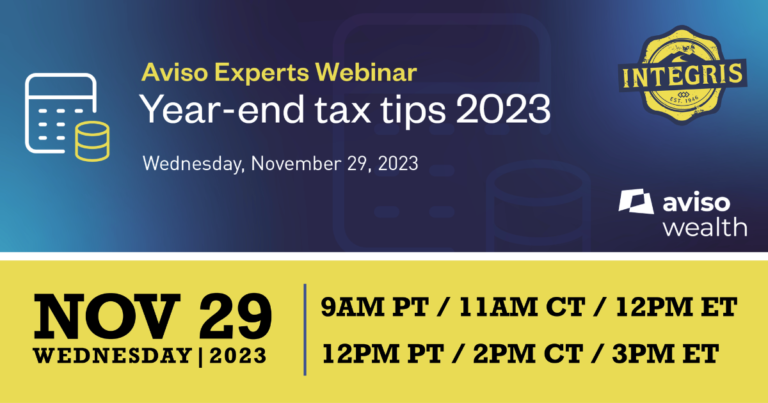Buying merchandise
Canadians need to be cautious when buying merchandise online and are encouraged to fully review feedback and to deal with companies or individuals that they know by reputation or from past experience. If the buyer is not familiar with a particular seller, they should independently verify who they are. A good rule of thumb: if the asking price of a product is too good to be true, it is.
Warning signs – How to protect yourself
- Never make a deal outside the auction site, and be cautious of items offered through online classified ads for extremely low prices.
- Beware if there is limited or no feedback rating on sellers.
- Beware of sellers from overseas.
- Use a credit card when shopping online. Customers are offered protection and may receive a refund.
- Inspect the website thoroughly. Often counterfeit websites will contain spelling mistakes and grammatical errors.
Selling goods online
Consumers who sell merchandise online are susceptible to becoming victims. This can lead to the loss of merchandise, funds or both. Fraudsters contact potential victims through email or text with a general message asking about the item for sale. Fraudsters claim to be located out of town and offer to buy the item unseen. The seller will receive a spoofed Paypal email message or email money transfer notification, which claims the payment is pending. The message says that the funds will cover the cost of the item, plus shipping. However, in order for the funds to be released, a tracking number for the shipment must be provided by the seller. In other words, the funds will only accessible once the seller ships the product, gets the shipment’s tracking number and provides the tracking number to the fraudster. The seller then learns that the payment notification is spoofed and no funds are available.
In a variation, the fraudsters send a follow-up email advising the seller that they cannot send the payment due to a problem with the seller’s Paypal or bank account. Sellers are told they are required to pay $500 to get a business account with the selected payment provider to complete the transaction. The fraudster will offer to pay this fee if the seller reimburses them for the cost. The seller is then directed to send the reimbursement using a money service business such as MoneyGram or Western Union. The seller once again learns that the payment notification is spoofed and no funds are available.
Warning signs – How to protect yourself
- Always meet in a local, public and safe location to complete the exchange.
- Beware of generic emails with bad grammar.
- Beware of overseas buyers who want to buy sight unseen.
- Review all emails to ensure they are not spoofed.
- Never send money to get money.
- Do an open source search to see if anyone has reported the fraudulent seller.
Cryptocurrency
The Canadian Anti-Fraud Centre (CAFC) is receiving reports from Canadian victims of mass marketing fraud who have sent money through a cryptocurrency, such as Bitcoin. Cryptocurrencies operate independently of a central bank and are currently unregulated in Canada. Bitcoin is the most common cryptocurrency being reported to the CAFC. However, there are many other cryptocurrencies emerging, such as Monero, Ethereum, Dash etc.
While an increasing number of businesses are accepting cryptocurrencies as a form of payment, the CAFC warns that there is no protection from fraud when using them. Moreover, no government agencies will ever request payment in the form of cryptocurrencies.
Warning signs – How to protect yourself
- Beware of scams involving a request or demand for a transfer of funds using Bitcoin or any other cryptocurrency.
- Beware of offers to invest in initial coin offerings, which refers to the development of new cryptocurrency.
- No government agency will request payment in cryptocurrencies such as Bitcoin.
- Beware of requests to withdraw funds and deposit into a bitcoin wallet via bitcoin ATM.
What to do if you’re a victim of fraud
Step 1: Gather all information about the fraud. This includes documents, receipts, copies of emails and/or text messages.
Step 2: Report the incident to your local law enforcement. This ensures that your police of jurisdiction is aware of what scams are targeting their residents and businesses. Keep a log of all your calls and record all file or occurrence numbers.
Step 3: Contact the Canadian Anti-Fraud Centre (CAFC) toll free at 1-888-495-8501 or through the Fraud Reporting System (FRS).
Step 4: Report the incident to the financial institution where the money was sent (e.g., money service business such as Western Union or MoneyGram, bank or credit union, credit card company or internet payment service provider).
Step 5: If the fraud took place online through Facebook, eBay, a classified ad such as Kijiji or a dating website, be sure to report the incident directly to the website. These details can be found under “report abuse” or “report an ad.”
Step 6: Victims of identity fraud should place flags on all their accounts and report to both credit bureaus, Equifax and TransUnion.







